SummaryAirport Rating ***** Reception of locals *** Cost: £££
The birthplace of democracyThere are few cities with the history and influence of Athens. The city itself is around 5000 years old, one of the oldest continuously inhabited cities on the planet. 2500 years ago it became one of the first recorded cities in the world to practice democracy in the way we understand it today. Athenian culture dominated the Greek peninsula and many of those ideas influenced Alexander the Great who spread them across Asia, while the Romans appropriated many Athenian ideas and spread them across Europe. While Athenian ideas permeated through Eurasian history, the city itself has gone through peaks and troughs. It initially lost its independence to Alexander and his Macedonian armies from the north, before coming under Roman and Ottoman rule interspersed with frequent raids from Germanic and Slavic tribes. Once one of the largest cities on the planet, by the time of Greek independence in the 19th century, Athens was nothing more than a small farming town at the foot of the Acropolis. Large population exchanges following the two World Wars and rapid industrialisation in the second half of the 20th century have led to massive growth (and all the associated problems), making Athens one of the most important cities in Europe again. A city well connectedThe airport is only about 20 years old, being built in time for the Athens Olympics in 2004, and while it isn't particularly memorable, it is clean and efficient. As a Sikh I had no issues going through passport control, or through security on my departure. While waiting in queue to enter, I met an amazing Singh from Canada (although born and raised in the UK) and his family. They had been travelling around the world and Athens was their penultimate destination and it was great to see a brother with a beautiful dastaar with his family. I decided to get a metro to the hotel where I was staying, and it was relatively straight forward and cheap. The connection from the airport to the city centre cost €9 and took about 40 minutes door-to-door. The metro isn't as extensive as it is in many other major European cities, but it serves the key parts of the city centre and surrounding commuter areas as well as the airport. You can buy tickets for 90 minutes (€1.20), 24 hours (€4.10), and 5 days (€8.20) all for city centre travel - with a little extra to the airport. In one of the big coincidences of my trip, I heard a voice call out as I was heading into my hotel and it was the same Singh and his family from the airport who were getting out of a taxi and heading to the same place I was staying. Very few things make me happier than bumping into a Singh abroad, so to see the same one twice was fantastic. We had a good chat and it was obvious how much love that family had between them which is always good to see. It's a regret that I didn't get a chance to exchange any details. Don't judge a book by its coverMy first impressions of Athens weren't entirely positive. The country as a whole has been struggling economically for almost 15 years since the Great Financial Crisis, and public services including police, community support, and infrastructure have suffered greatly. What that means is a city that initially feels run-down. Many areas surrounding the city centre are almost entirely covered in graffiti, but even in the city centre there are areas that seem to reflect the lack of investment that has been forced on the government and city leaders. In many ways it looked similar to Naples, although the beauty of Naples was grounded in its gritty rawness. In Athens, it felt slightly different, although after a few days I saw a great beauty in Athens which significantly changed those initial impressions. One of the first things I did was to buy a combination ticket to see the key historical landmarks of the city centre. The ticket, which is valid across several days, cost €30 and includes entrance to the Acropolis, Ancient Agora, Roman Agora, Temple of Zeus, Aristotle's School, Hadrian's Library, and Kerameikos Ancient Cemetery. I'll be honest, not all of these are worth seeing, but the ticket is reasonably priced and gives you the option to see seven different landmarks which is particularly useful if you're there for a few days. If you have a shorter trip, I'd buy single tickets, focusing mostly on the Ancient Agora and Acropolis. Acropolis of AthensThe most famous landmark in Athens is the Acropolis, a 150 metre tall rock that dominates the city skyline. Its position overlooking the city made it a natural point to construct a fortress, and that is likely to have been the first structure on the Acropolis dating back several thousand years. Over the centuries, different fortresses, gathering halls and temples all called the Acropolis home. The version of the Acropolis that we see today largely dates back to the 5th and 6th centuries BC, punctured by invasions from Iran and other Greek city states. The Parthenon, the most famous monument on the Acropolis was largely completed in its current form in the 5th century, as were other the other main buildings still standing including the Propylaia, the Erechtheion and the temple of Athena Nike. Originally used as a temple to the Greek goddess Athena and a city treasury, the Parthenon was subsequently used as a Christian Church, an Islamic Mosque, a storehouse for munitions, and finally a symbol of Greece. In all those iterations the Parthenon had structures or sculptures added (like a minaret when it was a mosque) or taken away (the Elgin marbles were looted by the British). The structure suffered catastrophic damage during a fire when under Roman rule, and an explosion of a gunpowder magazine when Italians fired on it during Turkish rule. Today, the Parthenon is one of the most recognisable symbols of Greece and Europe, and something I've read about since I was younger. Entering the Acropolis is straight forward with the combination ticket. It's walkable from the city centre with a slight incline that is manageable for almost all. Inside there are directions to all the key monuments, but it's hard to miss the Parthenon. The structure is massive, larger than I imagined, but also in a more 'ruinous' state than I imagined too. It's very difficult to imagine the coloured entrances, marbled statues, and intricate decorations that must have been a part of the Parthenon. That being said, standing in front of a building with so much history was special. There are a lot of people so parts of the Acropolis can feel busy, especially the perimeter of the Parthenon, but it is definitely worth having patience and spending some time to take everything in. Others might feel differently, but to me it definitely lives up to the hype. I enjoyed seeing the Propylaia, the Erechtheion and the temple of Athena Nike as well, all built during the same phase by the architect Pericles, each making the journey to the top worthwhile. The view from the top of the Acropolis was also, as you can imagine, spectacular. You can get 360 views from the different sides of the hilltop, with the view over the Odeon of Herodes Atticus, a Roman era theatre, probably the best. The Ancient AgoraThe Ancient Agora was the most surprising of the landmarks that I visited, I knew very little about it before going and came back with a deeper appreciation of Athenian history and culture. The Ancient Agora was an assembly place in Athens that played a key role in the functioning of the Athenian democracy. The area contains statues, monuments, temples, and even a museum. By far the most spectacular monument is the Temple of Hephaestus, completed in 415 BC. The temple is still in a remarkable condition, perhaps one of the best kept monuments from Classical Greece, and this is largely due to the fact it was in almost continuous use since its construction. At first a temple, it was repurposed as a church and was used in such a manner until the 19th century when it first became a museum, and then a building of historical importance housing nothing but being seen as an important structure in Greek history. It was one of my favourite places, being in such excellent condition but also being surrounded by other historically important monuments, at the foothill of the Acropolis. The Ancient Agora contains numerous other ruins, but the Stoa of Attalos stands in a grand manner, reconstructed largely similar to its earliest descriptions. Originally a mainly wooden structure housing shops and built in the second century BC, the area was sacked by a Germanic tribe and lay in ruins for the best part of 2000 years, before being excavated and reconstructed in the 20th century, this time housing the Museum of the Ancient Agora. The cost of the museum is included in the entrance to the Ancient Agora and it houses great examples of Athenian, Roman, Byzantine and Ottoman history of the city, including the story of the development of democracy. It's also great to see examples of recreated marble statues. When we see classical statues we just see the brilliant white, but when originally built these were almost all painted and the way they look are completely different. You can also see the cultural vandalism of early Christians who would knock off the noses and other bits of statues for many different reasons, from morality, to wars against paganism, to beliefs that statues might come back to life. ...and the restThe other landmarks on the combination ticket are a mix between interesting and questionable. The three that I thought looked great were the Roman Agora, Hadrian's Library and Kerameikos Ancient Cemetery. But as I mentioned earlier, Athens is a fantastic open museum, and you can view all three from the nearby streets without having to pay for the ticket. Sure, it means foregoing walking through the ruins and getting up close to the different monuments and structures, but after a while, much like Thailand, you can get temple fatigue. I thought all three of these landmarks were great, but I didn't get that much extra walking among them than I did from getting a broad perspective from neighbouring streets. The first two are close to each other. The Roman Agora dates back to the first century BC and while it hasn't yet been fully excavated, the sections that are look incredible, particularly the large gate that serves as the entrance. Walking through it was great, but the best view was from a neighbouring street. Hadrian's Library was built around 100 years later, and the tall pillars that are still standing are great to walk through, but again you can see a better perspective of how it must have looked from the streets surrounding it. The Kerameikos Ancient Cemetery is a decent walk from the other monuments, located furthest from the Acropolis and while you can walk it, it's probably easier to catch a metro, which is what I did. The cemetery is one of the oldest ancient structures, dating back to the ninth century BC, and it was in continuous use until Roman times. It's probably the best of the three to walk through, and it has a small museum within its grounds too. There's a fair bit to see, but unless you love your Greek history, you can also see the key structures from neighbouring streets. The final two landmarks, the Temple of Zeus, and Aristotle's School didn't seem worth it to me. The Temple of Zeus is close to the base of the Acropolis, but other than a large standing pillar and some sculptors you really have to put your imagination to use to think about what it might have looked like. It's even worse for Aristotle's School - there is literally nothing there. It was one of those places where those with a deep appreciation for Ancient Greece (or philosophy) might enjoy, but for me it was literally just a green grassy area where something once stood. I probably wouldn't have gone had I known there was nothing there. Less Ancient GreeceNot every historical structure in Greece dates back to the classical period, and here two Christian places of worship are particularly worth a visit. The first is the Panagia Kapnikarea Church, the oldest Christian church still being used in Athens. The building dates back to the 11th century, and is strangely located in the middle of the shopping district, a beautiful throwback surrounded by questionable modernist buildings. Inside, the dimly lit interior is richly decorated and is well worth a visit. The second is the Metropolitan Cathedral of the Annunciation, or Athens Cathedral, which was completed in 1862. Compared to most of the other historical places I've mentioned in this article, the middle of the 19th century is practically brand new, but I thought the perfectly symmetrical exterior and the ornately decorated interior were something worth seeing. Modern AthensAthens isn't just a museum, it's a living, thriving city of almost 4 million inhabitants, constantly evolving and reinventing itself. My favourite neighbourhood of Athens is Plaka, an older more historical neighbourhood with traditional houses, narrow passageways, and a lively nightlife. The whole area feels upmarket, both during the day and night, and even without being in the shadow of the Acropolis, the neighbourhood would be beautiful anywhere. I spent a fair bit of time walking around the streets during the day and night of this area, watching the whole place come to life around sunset. A short walk away is the Syntagma neighbourhood, which includes Syntagma Square, the largest square in the city. The area is home to the Greek Parliament and some of the more famous high-end fashion shops you find in most major cities. The neighbourhood also lies adjacent to the National Garden, one of the largest parks in Athens, akin to Hyde Park in London or Central Park in New York. It's a serene break from the broader city, complete with some old Roman ruins including a Roman villa. You can also find some of the best rooftop gardens in this neighbourhood. I visited the Electra rooftop garden and it was comfortably one of the best views I've experienced in any city in the world. The place was dead when I visited, giving me the pick of any tables. Outside the tables overlook the city and provide a direct view to the Acropolis and Parthenon. Things are reasonably priced throughout the city, and even some high-end places cost similar to normal restaurants in the English Midlands. Nearby Monastiraki is home to most of the souvenir stores, more tourist markets, as well as the standard street entertainers you get in almost every major capital city of the world. It was almost always busy, and the neighbourhood houses several historical structures including Hadrian's Library. The Psiri neighbourhood seems to be where much of the nightlife is centred. Similar to other slightly more bohemian neighbourhoods in large cities, there are several strange or unique places. The area around Little Kook, a fairytale themed dessert place is particularly interesting. The dessert place itself looks almost magical at night, while nearby bars and restaurants felt almost exactly like being in the centre of the Trastevere neighbourhood of Rome (which I really liked). I also liked the Thiseio neighbourhood, a hilly neighbourhood lined with neoclassical buildings and cafes and restaurants that spill out onto the streets. During my visit there were a few crafts markets open, as well as more traditional boutique stores selling some very expensive goods like high-end clothing. This neighbourhood felt a lot more laid back, much more open, and very liveable. GurdwaraNo visit to a major city is complete without a visit to a Gurdwara, and Athens has a couple - one closer to the airport and the other closer to the city centre. I visited the Guru Nanak Darbar in the Tavros neighbourhood on a Sunday morning. It's a short 7 minute metro ride from the main Monastiraki station in the city centre to the Kallithea metro station, followed by a 15 minute walk in the Tavros neighbourhood. The area is pretty run-down, filled with closely packed residential flats, derelict buildings with broken windows and graffiti almost everywhere. I didn't feel unsafe at all, but I'm also not sure if a lone female traveller would feel the same way. The walk goes through both residential and industrial areas, but on a Sunday you can hear the Gurbani being read through speakers before you see the actual Gurdwara. The Gurdwara building itself is spread over three floors and is a decent size. There is a sizeable local sangat, most of which arrived in the city during the building boom in the first decade of the 20th century. Singhs and Kaurs in full dastaars made up the majority of the congregation and it was great seeing little kids in patkas running around having fun. A couple of fully armed Nihang Singhs gave me further belief that the sangat here keeps strongly to their Sikhi. The Original MarathonI'd gone to Athens to watch my girlfriend run a marathon (for those who have been reading my blog for a while, it's the same one I introduced last year). The Athens marathon is the original one, working its way from the town of Marathon in the east, going through hilly terrain before ending up at the historic Panathenaic Stadium in the city centre. The stadium dates back over 2000 years, first built in 330 BC by the Athenians before being extensively rebuilt by the Romans in 144 AD. The stadium was abandoned during the 4th century and was excavated almost 1500 years later before being refurbished where it held the world's first modern Olympics in 1896. Today, it is the finishing point for the Athens Marathon as well as where the olympic torch leaves Greece every four years. The metro meant that I could travel to different points on the course to check in on the runners, but I spent most of my time waiting in the stadium, a fantastic example of an historic structure being used in the present day for one of the purposes it was designed. The shape of the stadium, an oval that is open at one end, is fairly different from the stadiums that host major sporting events today, but exactly as I had seen in ruins in Rome. For the record, she completed the marathon in a good time! Would I recommend visiting Athens?For sure. The city is such an important part of Eurasian history, and it retains a lot of that history in a way that us Panjabis have completely failed to do. More than that, the city continues to grow and evolve, and there is a lot more to Athens than ruins from Classical Greece. The fact that a decently sized Sikh population resides in Athens means it can't be horrible for Sikhs, but it was quite uncomfortable at times, particularly during the evenings. Older people would just stare and not break contact no matter how obvious you made it that you knew they were looking. Others would obviously be speaking about you and make no effort to hide it. And just because Sikhs live there, doesn't mean it is safe for them. The Gurdwara in the nearby town of Marathon was shot at by neo-nazis a few years ago and so there is an underlying feeling of intolernace. That being said, I enjoyed my time in Athens, and I'd love to visit again someday. Comments are closed.
|
AuthorBritish Sikh, born in the Midlands, based in London, travelling the world seeing new cultures. Categories
All
|


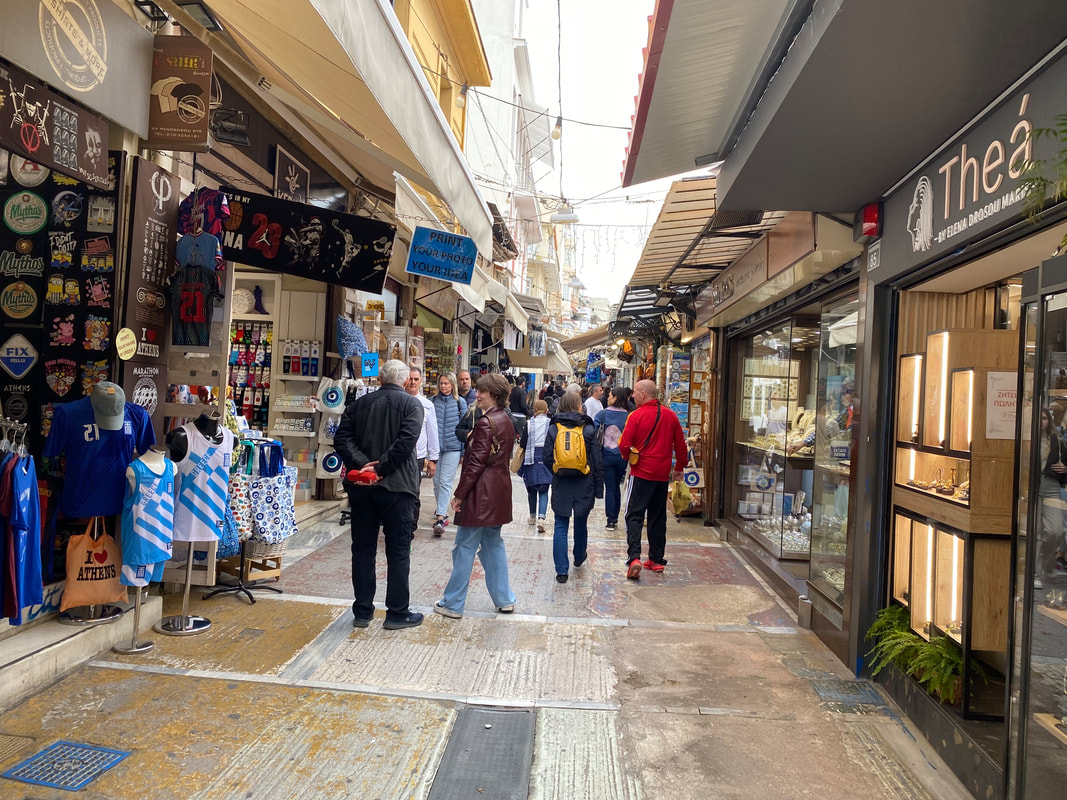
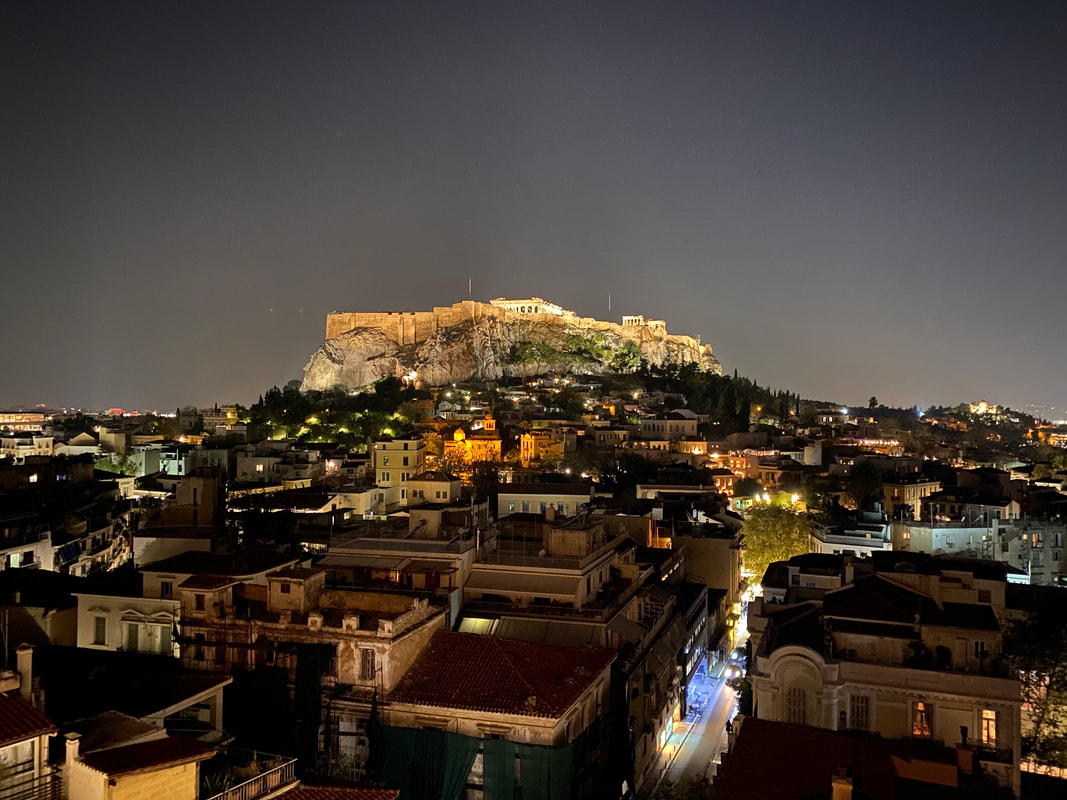
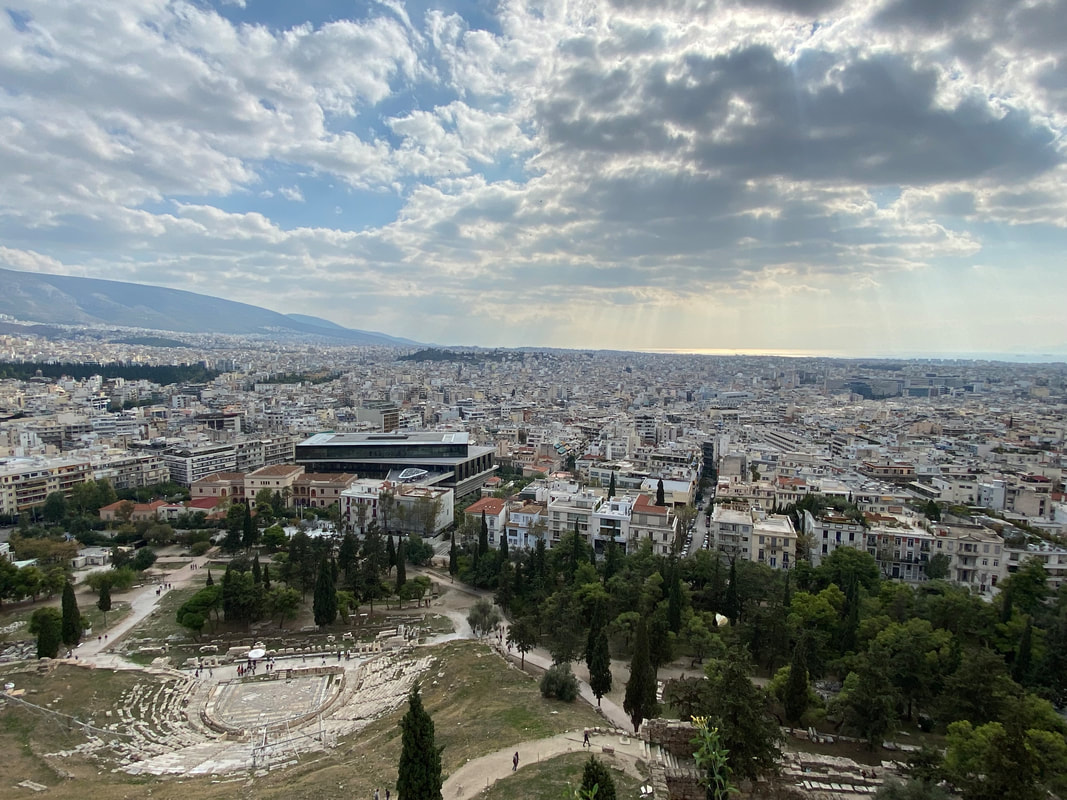



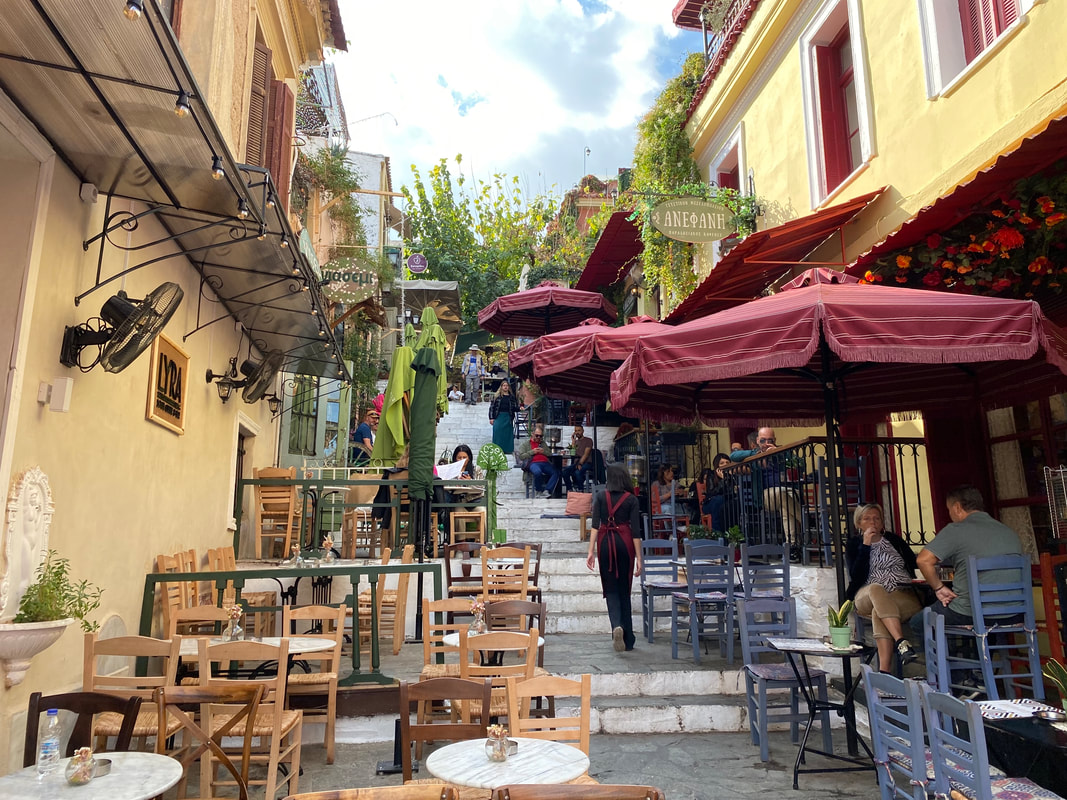
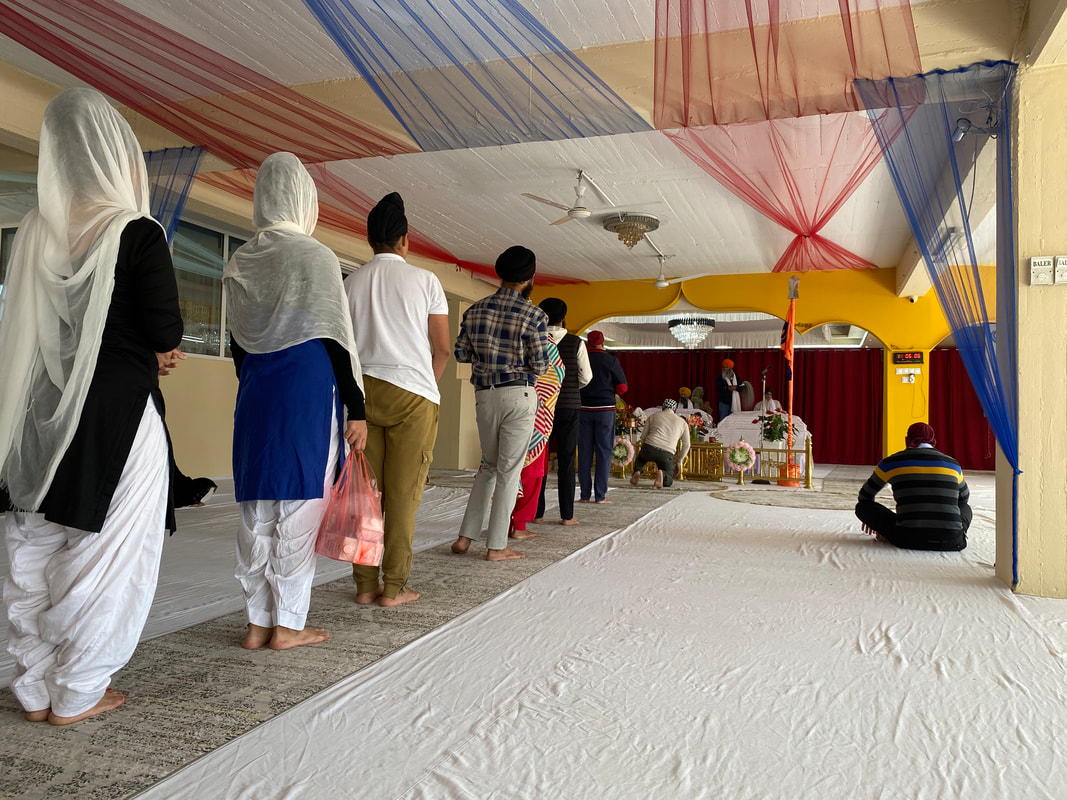
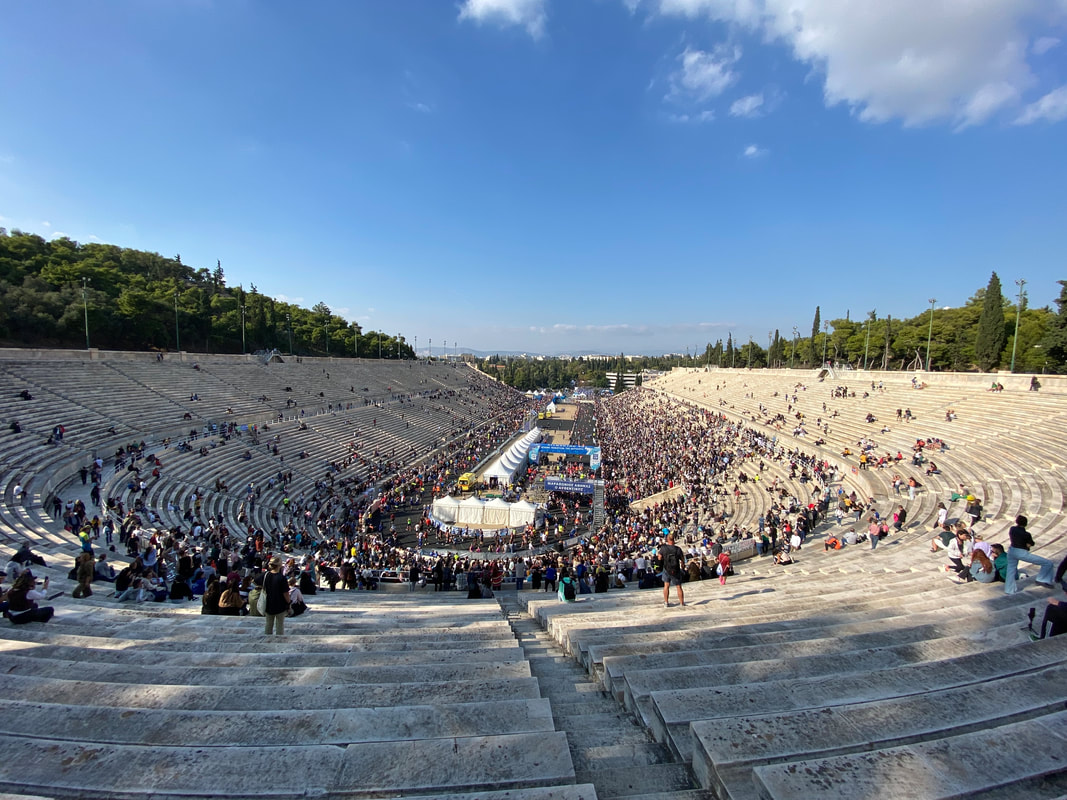
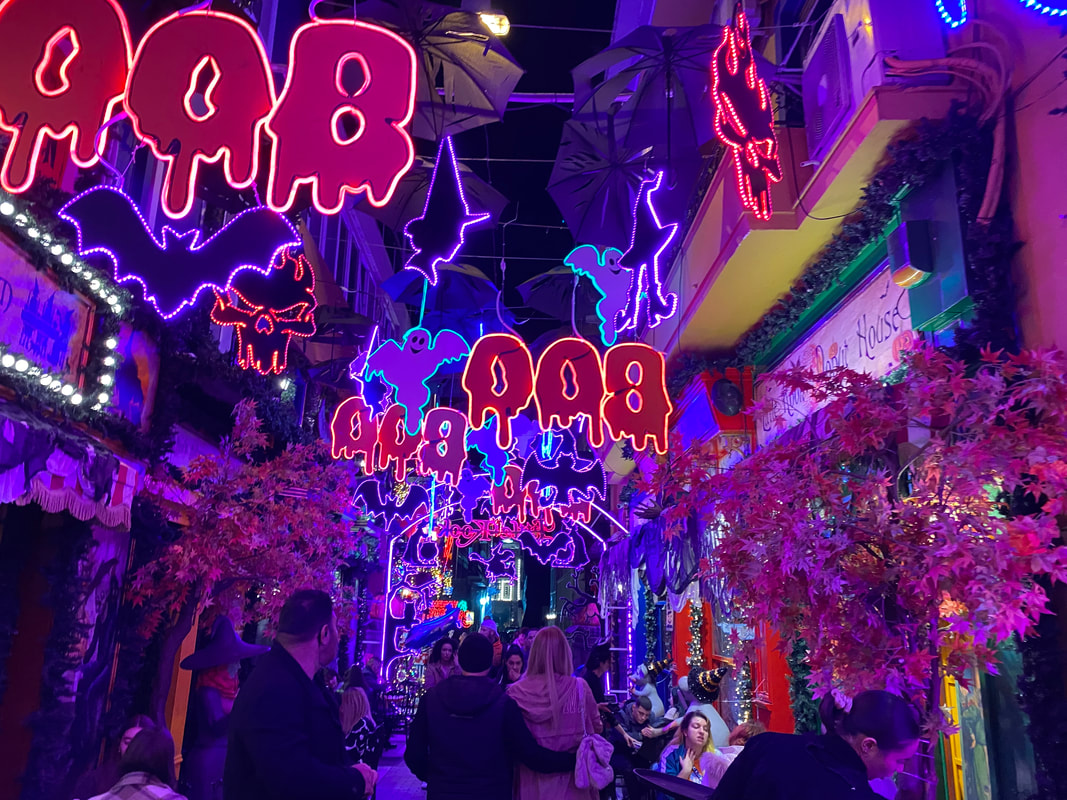

 RSS Feed
RSS Feed